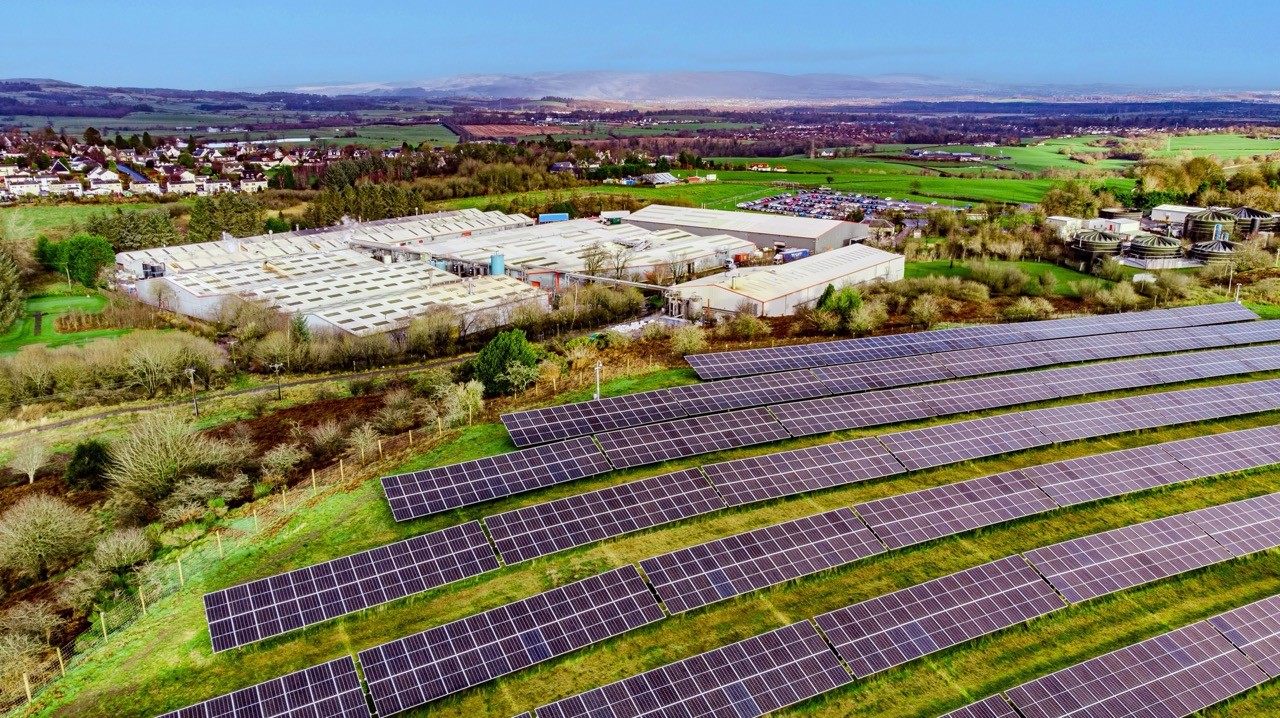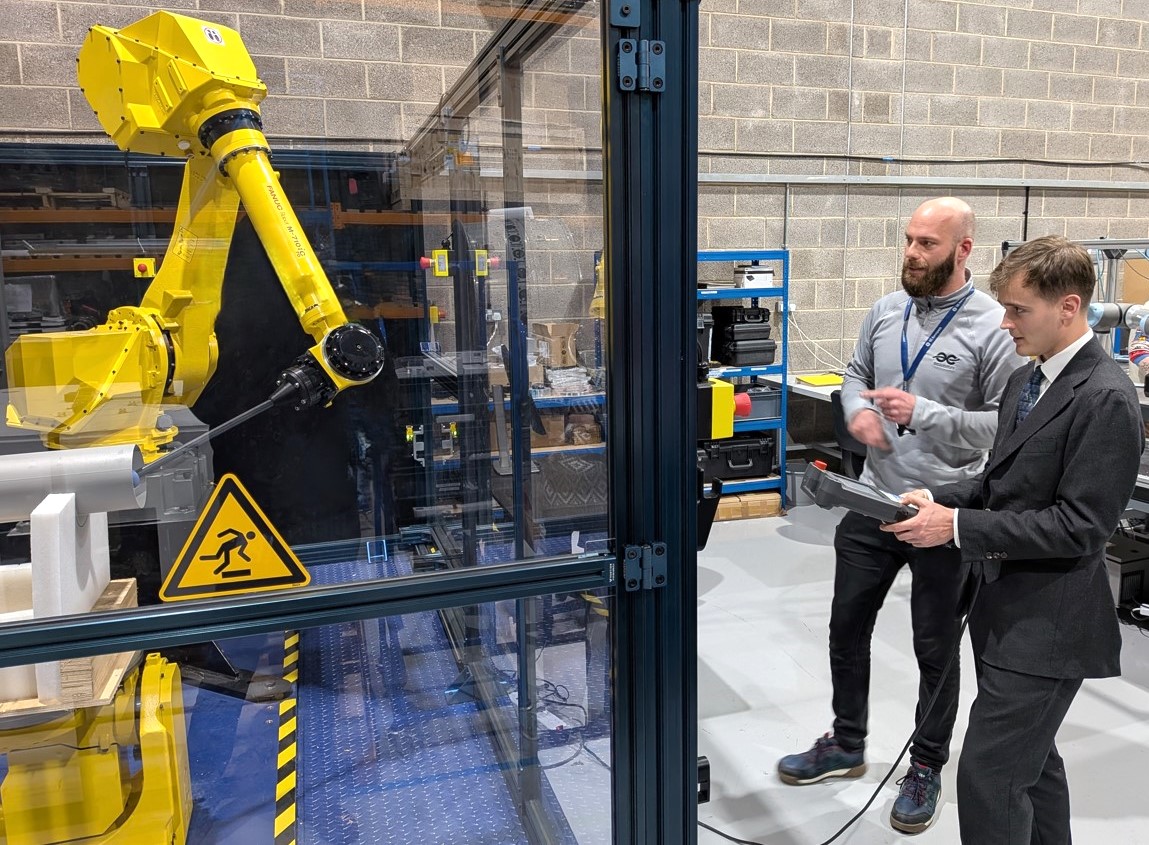Simplifying IDS for aerospace, defence and security sectors
 There is a great deal of complex information currently available about engineering technologies and how they can help you extract the most from your processes and make your pumping, cooling and compressor equipment more reliable, reduce your energy use and carbon footprint, and ultimately, make your plant operating systems the very best they can be – for their entire asset life.
There is a great deal of complex information currently available about engineering technologies and how they can help you extract the most from your processes and make your pumping, cooling and compressor equipment more reliable, reduce your energy use and carbon footprint, and ultimately, make your plant operating systems the very best they can be – for their entire asset life.
However, putting it all together in an easy to understand format is a massive challenge. Many companies operating in general and process engineering are able to answer some of the challenges – but few can answer them all, with mechanical and electrical drive components for every kind of drives application, every performance level and rating, and for serial machines as well as single plants. This is particularly challenging in the defence and aerospace industries, where added essentials like absolute security must also be factored in.
Being able to provide an effective answer to all of the above engineering challenges means being a ‘one-stop-shop‘, with perfectly interacting components throughout an integrated drive portfolio, smoothly integrated into automation and control, with software and services for all stages of the lifecycle. Understanding exactly what this means requires some explanation, although at the end of the day, it is best to think of it as ‘the drive train and beyond‘.
Three key aspects
What exactly does integrated drive systems (IDS) mean? We can break it down into three key areas:
• Horizontal integration
• Vertical integration
• Lifecycle integration
In horizontal integration, drive components like the motor, gear unit, coupling and converter are properly integrated all the way along the power flow – mechanically, functionally and energy efficiently. This means they will always operate better than an unintegrated system, where there is a risk of components not being compatible at some stage in the process. This applies to all operations, wherever they are situated.
In vertical integration, the drive train and controller are integrated along the information flow, through to the manufacturing execution system (MES) IT. Through this system the entire drive train is seamlessly integrated into the automation environment, bringing maximum communication and operator control for effective safety as well as the best performance. This enables the user to make informed choices as much more information is to hand about what the components are doing, how they are performing and how they could perform better, more securely and more economically.
In lifecycle integration, the factor of time is added in, with the drive system being supplemented by software and services that support the entire lifecycle; in particular the design and operation elements. So, you extract the most from your equipment throughout its operational life; or, a shorter time to market, maximum productivity in operation, and a shorter time to profit. This contrasts with a huge amount of industrial equipment that is running inefficiently and insecurely, wasting energy and assets and often risking breakdowns with significant knock-on effects. Those pumps on that faraway application or fans in that cooling room may look insignificant, but when they stop, so does everything else. With the right set-up, they could be telling you when they have a potential problem, long before the risk of a major, unscheduled shut-down, enabling you to forward plan servicing and, where necessary, replacement.
If you have optimised your system through horizontal integration, you want to ensure the asset operates with the same level of efficiency, security and availability. This starts with the reduction in engineering effort up-front, so you are ‘configuring‘ rather than ‘programming‘ and it continues with data management, so you can use open protocols to communicate on and you can incorporate safety into the system rather than it just being an add-on. In summary, you will have integrated engineering and safety, along with industrial data management, communications and security.
Safety first
Smart safety is a core function within IDS, using fewer components and less wiring, providing easy interfacing with safety controllers. Safety is now a vitally important part of the process – any process – whether you are pumping, ventilating, storing, compressing or processing.
Fixed and variable speed drives
Integration covers all components of the drive train, from gear units to couplings and motors to control systems. For fixed speed drives, using cost optimised combinations of motor starter and IE3 motors with future-proof EN 50598 conformance brings low energy costs and high energy efficiency. These units will easily integrate via Profibus/Profinet into automation, with quick and safe engineering and integrated safety through Profisafe protocol. As these units already support Profienergy protocol, they are ready for energy management.
Pumps, fans and compressors
Investment costs can be reduced by up to 15% by avoiding over-dimensioning in motors and converters. With optimised pulse patterns, energy efficiency can be increased and losses reduced by at least 10%. Noise can also be reduced by more than 4dB, so noise protection measures can be cut. Drive train component optimisation means service intervals can be longer, and by using condition monitoring, unscheduled downtimes reduced by up to 15% - vibration monitoring with SIPLUS CMS provides the most reliable method for early detection of mechanical damage. Fast and simple engineering cuts engineering time by around 30%. Whether you are involved in manufacturing, pumping, ventilating, compressing or processing, better integration of this type will significantly benefit your business. For the long-term.
Note: On 14 June at the Westerwood Hotel in Cumbernauld, the Siemens Integrated Drive Systems (IDS) Roadshow starts, as part of the Driving Digital Enterprise Conference. It also travels to Leeds, Congleton, Coventry and Duxford: www.siemens.co.uk/en/news_press/events/ids-roadshow.htm












